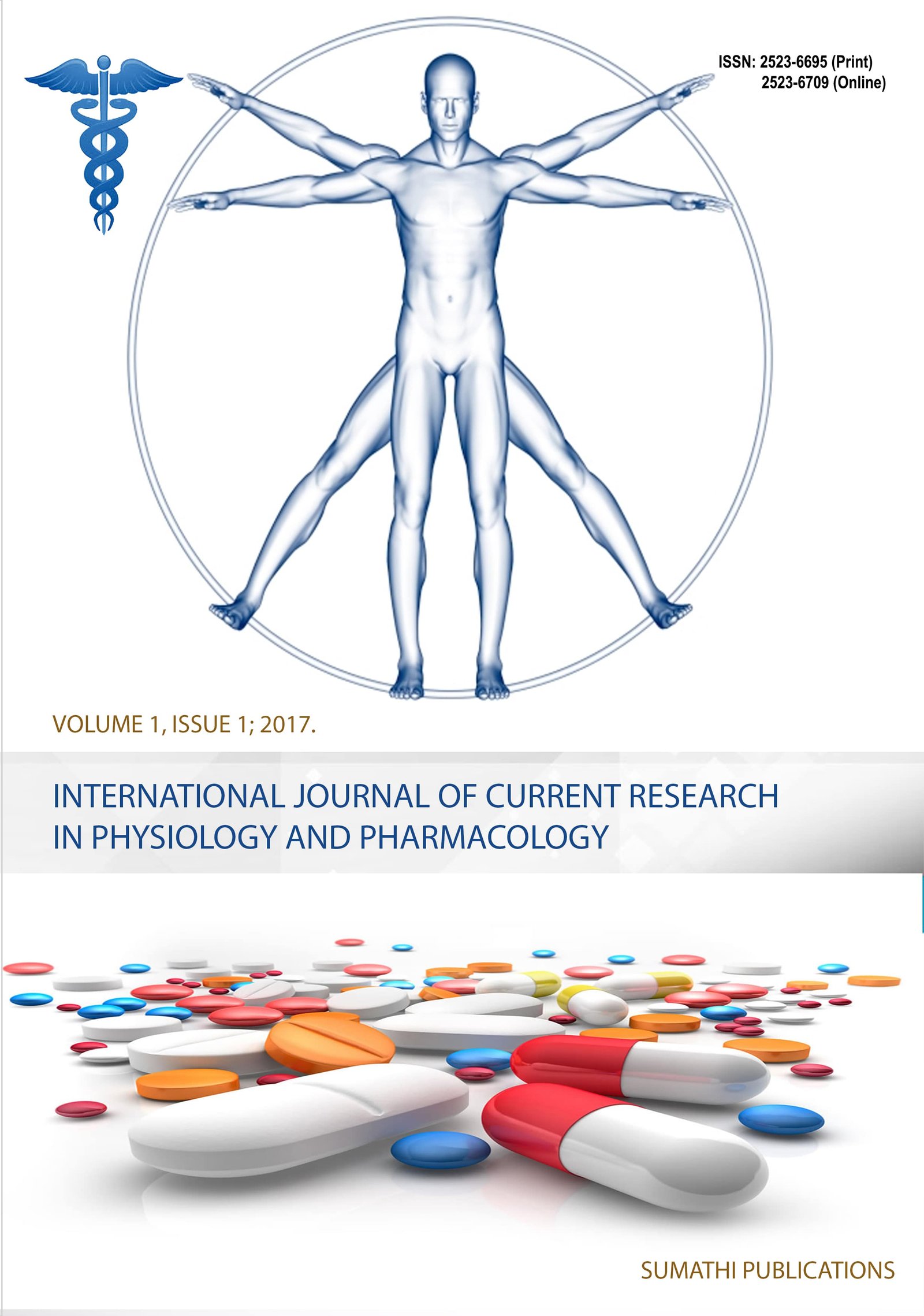Overview of substance use disorder and available treatments
Keywords:
Substance use disorder, Alcohol, Cannabis.Abstract
Substance use disorders are a major health problem worldwide. Substance use is a chronic disorder associated with significant mortality and morbidity. These diseases also cause significant healthcare utilization and medical costs. Substance use disorders occur when the use of alcohol, prescription drugs, or illegal drugs causes problems in his life and daily activities. Substance use disorders encompass a variety of behaviors, including but not limited to addiction, overuse, and behaviors caused by dangerous substances. Diagnosis is based on behavioral criteria, which include the inability to control substance use, dysfunction at school, home, or work, interpersonal problems caused or worsened by substance use, and risky or hazardous use of the substances. The first step in treating substance use disorders is to stop using the substance. In extreme cases of physical dependence, detoxification is necessary to help with withdrawal symptoms. Creating a supportive environment and eliminating triggers for substance abuse are essential to overcoming a substance abuse disorder. Treatment in management can be outpatient or inpatient, depending on the severity of the problem. Depending on the person's condition, a doctor may suggest individual counseling from a psychologist, psychiatrist, or addiction counselor. Family counseling is often important. A doctor may also recommend specific rehabilitation and/or treatment programs; Self-help groups for children and families with addiction problems are often very helpful. In this article, we would like to briefly review substance use disorders and treatment modalities that are available to treat them.
Keywords: Substance use disorder, Alcohol, Cannabis.
Downloads
References
Published
Issue
Section
License
Copyright (c) 2023 Imran Gani, Mohd Altaf Dar, Irfat Ara

This work is licensed under a Creative Commons Attribution-NonCommercial-ShareAlike 4.0 International License.
The journal allows the author(s) to hold the copyright without restrictions and will retain publishing rights without restrictions.
The submitted papers are assumed to contain no proprietary material unprotected by patent or patent application; responsibility for technical content and for protection of proprietary material rests solely with the author(s) and their organizations and is not the responsibility of the journal. The main (first/corresponding) author is responsible for ensuring that the article has been seen and approved by all the other authors. It is the responsibility of the author to obtain all necessary copyright release permissions for the use of any copyrighted materials in the manuscript prior to the submission.
What are my rights as an author?
It is important to check the policy for the journal to which you are submitting or publishing to establish your rights as
Author. Journal's standard policies allow the following re-use rights:
- The journal allows the author(s) to hold the copyright without restrictions.
- The journal allows the author(s) to obtain publishing rights without restrictions.
- You may do whatever you wish with the version of the article you submitted to the journal.
- Once the article has been accepted for publication, you may post the accepted version of the article on your own personal website, your department's website or the repository of your institution without any restrictions.
- You may not post the accepted version of the article in any repository other than those listed above (i.e. you may not deposit in the repository of another institution or a subject-matter repository) until 12 months after publication of the article in the journal.
- You may use the published article for your own teaching needs or to supply on an individual basis to research colleagues, provided that such supply is not for commercial purposes.





